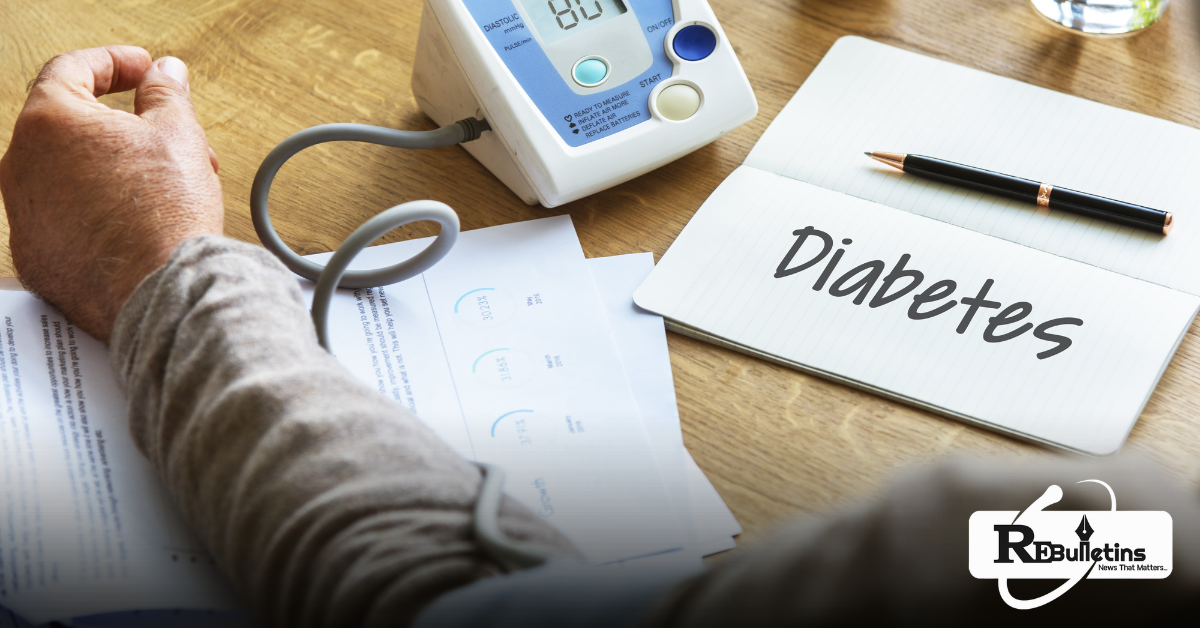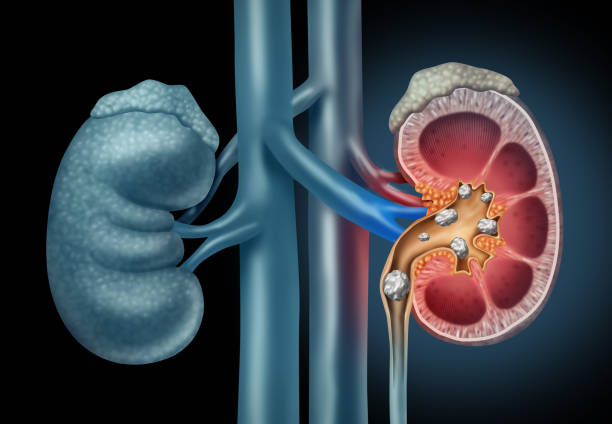Diabetes is a chronic health condition that affects how your body turns food into energy. When you eat, your body breaks down food into glucose, a type of sugar that your cells use for energy. Insulin is a hormone that helps your cells absorb glucose from your bloodstream. If you have diabetes, your body either doesn’t produce enough insulin or doesn’t use insulin effectively. This causes glucose to build up in your bloodstream, leading to high blood sugar levels. Over time, high blood sugar can damage your nerves, blood vessels, and organs.
Symptoms of Diabetes
The symptoms of diabetes can vary depending on the type of diabetes you have and how high your blood sugar levels are. Some common symptoms of diabetes include:
Increased thirst
Frequent urination
Extreme hunger
Unexplained weight loss
Fatigue
Blurred vision
Slow-healing sores
Frequent infections
Numbness or tingling in the hands or feet
Types of Diabetes
There are three main types of diabetes:
Type 1 diabetes: In type 1 diabetes, your body’s immune system attacks and destroys the cells in your pancreas that produce insulin. This means that your body doesn’t produce insulin at all.
Type 2 diabetes: This is the most common type of diabetes. In type 2 diabetes, your body either doesn’t produce enough insulin or doesn’t use insulin effectively.
Gestational diabetes: This type of diabetes develops during pregnancy and usually disappears after the baby is born.
Home Management Strategies for Diabetes: While there is no cure for diabetes, there are many things you can do to manage your blood sugar levels and prevent complications. Some home management strategies for diabetes include:
Monitoring your blood sugar levels: This is important to see how your body is responding to treatment and make adjustments as needed.
Eating a healthy diet: Choose foods that are low in sugar and high in fiber.
Maintaining a healthy weight: Losing even a small amount of weight can help to improve your blood sugar control.
Getting regular exercise: Exercise helps your body use insulin more effectively.
Taking medications as prescribed: If you are prescribed insulin or other medications to lower your blood sugar, it is important to take them as directed.
Lifestyle Changes for Diabetes Prevention: If you are at risk of developing diabetes, there are things you can do to help prevent it. These include:
Maintaining a healthy weigh
Eating a healthy diet
Getting regular exercise
Avoiding smoking
Stay informed about the latest national and global updates by connecting with Rebulletins on Google, Facebook, Twitter, Instagram & Whats App.









